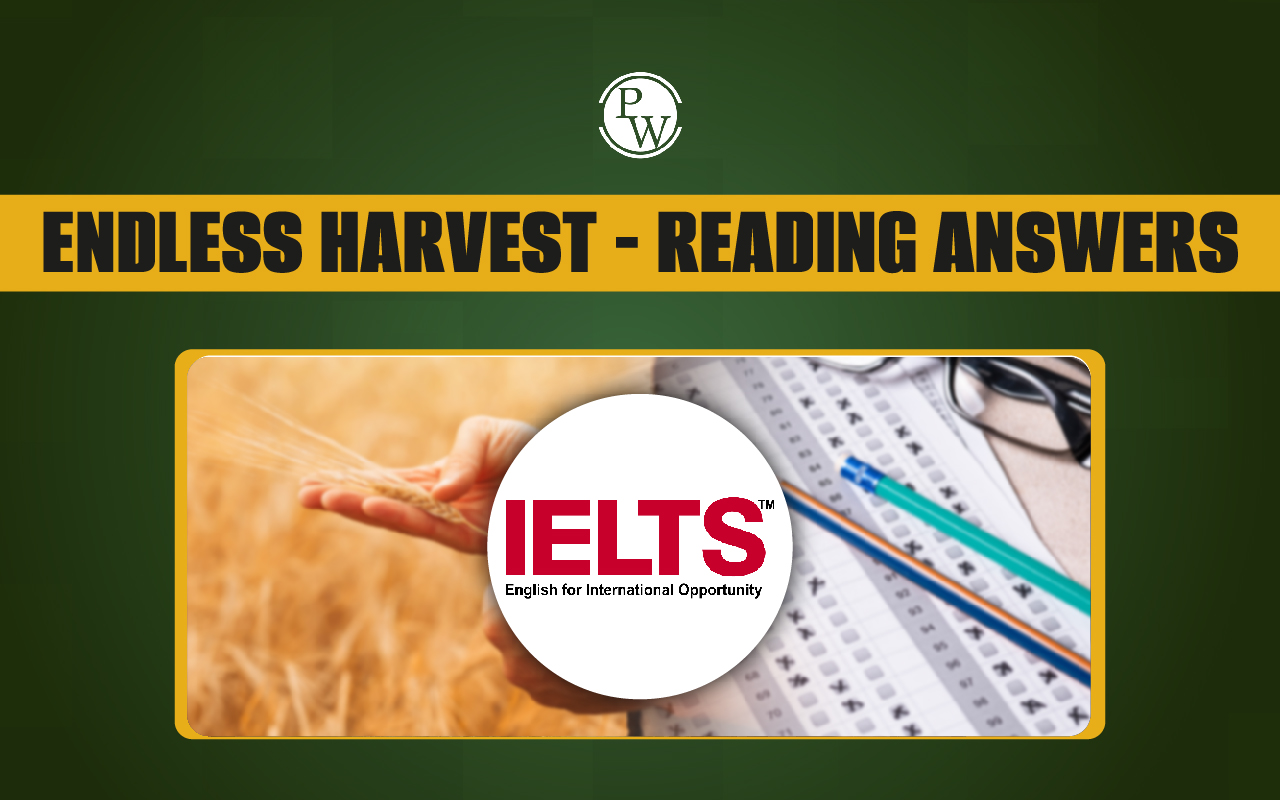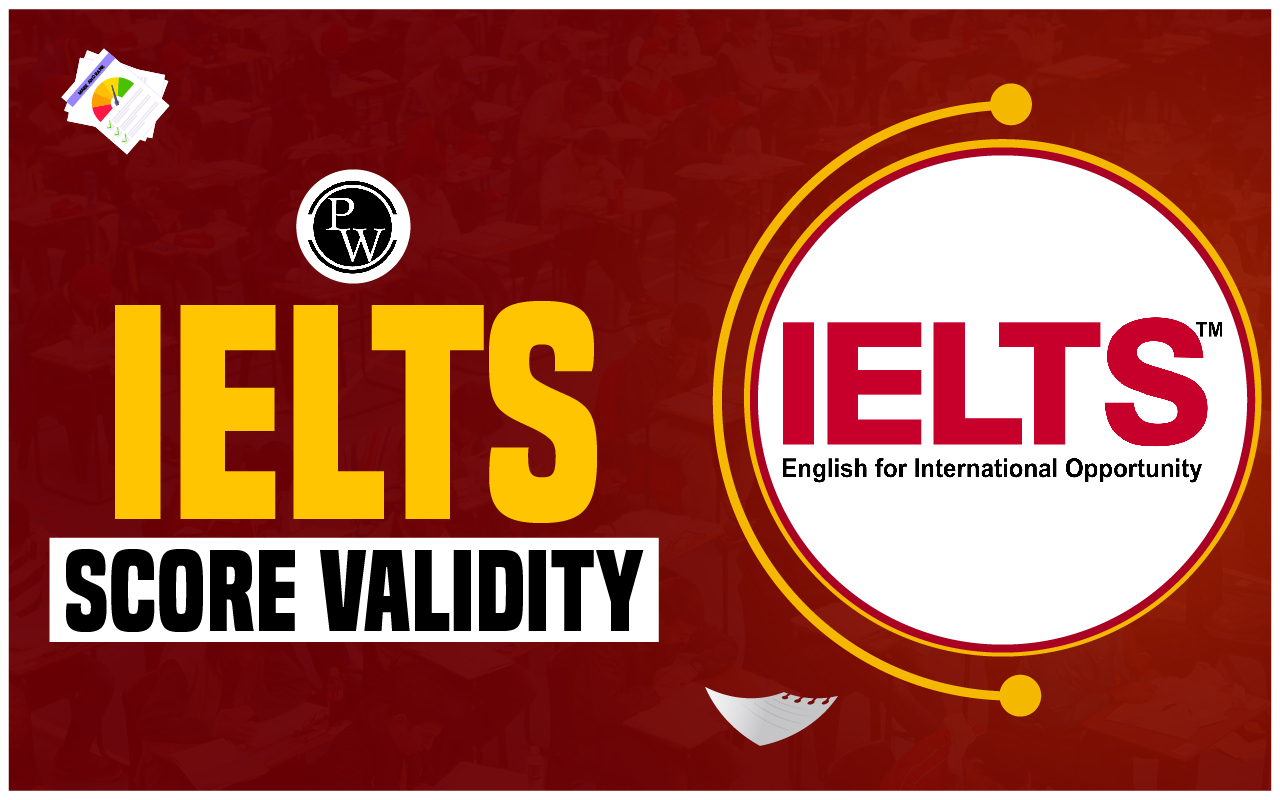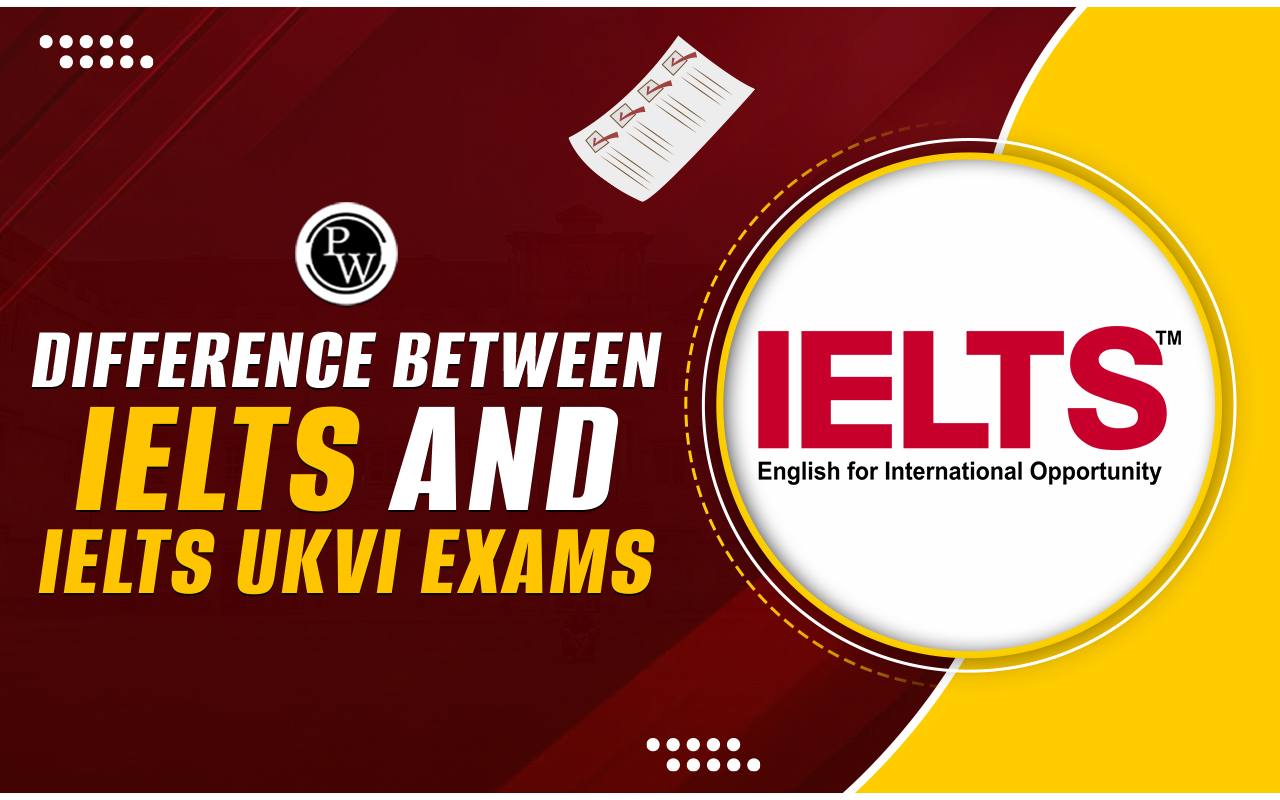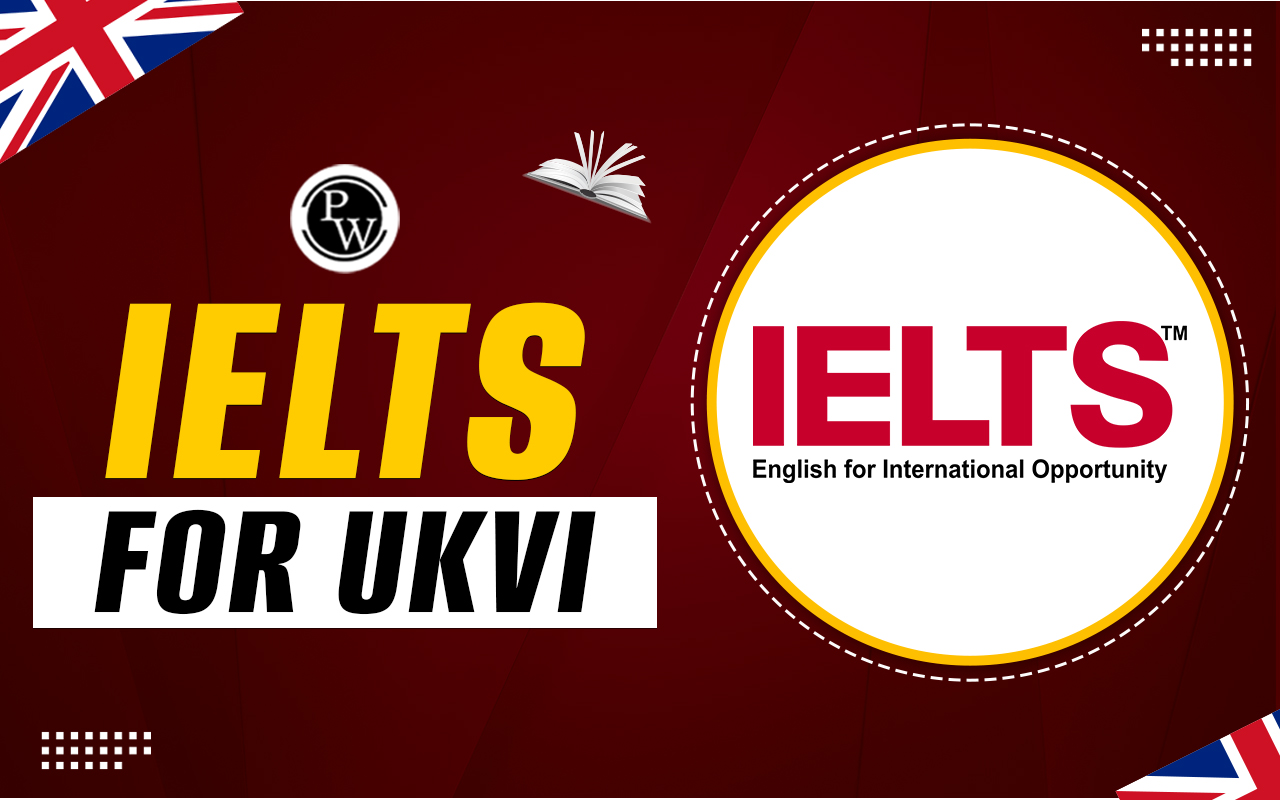

Endless Harvest Reading Answers: The passage offers a detailed description of the impacts of endless harvesting in Alaska. Based on the passage a total of 14 questions are prepared discussing the history, causes, impacts, and other related information. The 14 questions are divided into three broad categories: sentence completion, matching headings, and choosing the correct answers.
Aspirants are advised to practice the “Endless Harvest Reading Answers” passage and track their preparation level for the IELTS exam. Students can also follow our model answers to compare your progress for high IELTS band scores . Endless Harvest Reading Answers is a very popular topic in IELTS Reading Test, therefore, practicing sample passages with questions can improve your overall score.
Free IELTS Reading Practice Tests, Cambridge Sample Test PDF
Endless Harvest Reading Answers Passage
Endless Harvest
Paragraph A. More than two hundred years ago, Russian explorers and fur hunters landed on the Aleutian Islands, a volcanic archipelago in the North Pacific, and learned of a land mass that lay farther to the north. 'The islands’ native inhabitants called this land mass Aleyska, the ‘Great Land’; today, we know it as Alaska.
Paragraph B. The forty-ninth state to join the United States of America (in 1959), Alaska is fully one-fifth the size of the mainland 48 states combined. It shares, with Canada, the second longest river system in North America and has over half the coastline of the United States. The rivers feed into the Bering Sea and Gulf of Alaska - cold, nutrient-rich waters which support tens of millions of seabirds, and over 400 species of fish, shellfish, crustaceans, and molluscs. Taking advantage of this rich bounty, Alaska’s commercial fisheries have developed into some of the largest in the world.
Paragraph C. According to the Alaska Department of Fish and Game (ADF&G), Alaska’s commercial fisheries landed hundreds of thousands of tonnes of shellfish and herring, and well over a million tonnes of groundfish (cod, sole, perch and pollock) in 2000. The true cultural heart and soul of Alaska’s fisheries, however, is salmon. ‘Salmon,’ notes writer Susan Ewing in The Great Alaska Nature Factbook, ‘pump through Alaska like blood through a heart, bringing rhythmic, circulating nourishment to land, animals and people.’ The ‘predictable abundance of salmon allowed some native cultures to flourish,’ and ‘dying spawners* feed bears, eagles, other animals, and ultimately the soil itself.’ All five species of Pacific salmon - chinook, or king; chum, or dog; coho, or silver; sockeye, or red; and pink, or humpback - spawn** in Alaskan waters, and 90% of all Pacific salmon commercially caught in North America are produced there. Indeed, if Alaska was an independent nation, it would be the largest producer of wild salmon in the world. During 2000, commercial catches of Pacific salmon in Alaska exceeded 320,000 tonnes, with an ex-vessel value of over $US 260 million.
Paragraph D. Catches have not always been so healthy. Between 1940 and 1959, overfishing led to crashes in salmon populations so severe that in 1953 Alaska was declared a federal disaster area. With the onset of statehood, however, the State of Alaska took over management of its own fisheries, guided by a state constitution which mandates that Alaska’s natural resources be managed on a sustainable basis. At that time, statewide harvests totalled around 25 million salmon. Over the next few decades average catches steadily increased as a result of this policy of sustainable management, until, during the 1990s, annual harvests were well in excess of 100 million, and on several occasions over 200 million fish.
Paragraph E. The primary reason for such increases is what is known as ‘In-Season Abundance-Based Management’. There are biologists throughout the state constantly monitoring adult fish as they show up to spawn. The biologists sit in streamside counting towers, study sonar, watch from aeroplanes, and talk to fishermen. The salmon season in Alaska is not pre-set. The fishermen know the approximate time of year when they will be allowed to fish, but on any given day, one or more field biologists in a particular area can put a halt to fishing. Even sport fishing can be brought to a halt. It is this management mechanism that has allowed Alaska salmon stocks - and, accordingly, Alaska salmon fisheries — to prosper, even as salmon populations in the rest of the United States are increasingly considered threatened or even endangered.
Paragraph F. In 1999, the Marine Stewardship Council (MSC)*** commissioned a review of the Alaska salmon fishery. The Council, which was founded in 1996, certifies fisheries that meet high environmental standards, enabling them to use a label that recognises their environmental responsibility. The MSC has established a set of criteria by which commercial fisheries can be judged. Recognising the potential benefits of being identified as environmentally responsible, fisheries approach the Council requesting to undergo the certification process. The MSC then appoints a certification committee, composed of a panel of fisheries experts, which gathers information and opinions from fishermen, biologists, government officials, industry representatives, non-governmental organisations and others.
Paragraph G. Some observers thought the Alaska salmon fisheries would not have any chance of certification when, in the months leading up to MSC’s final decision, salmon runs throughout western Alaska completely collapsed. In the Yukon and Kuskokwim rivers, chinook and chum runs were probably the poorest since statehood; subsistence communities throughout the region, who normally have priority over commercial fishing, were devastated.
Paragraph H. The crisis was completely unexpected, but researchers believe it had nothing to do with impacts of fisheries. Rather, they contend, it was almost certainly the result of climatic shifts, prompted in part by cumulative effects of the el niño/la niña phenomenon on Pacific Ocean temperatures, culminating in a harsh winter in which huge numbers of salmon eggs were frozen. It could have meant the end as far as the certification process was concerned. However, the state reacted quickly, closing down all fisheries, even those necessary for subsistence purposes.
Paragraph I. In September 2000, MSC announced that the Alaska salmon fisheries qualified for certification. Seven companies producing Alaska salmon were immediately granted permission to display the MSC logo on their products. Certification is for an initial period of five years, with an annual review to ensure that the fishery is continuing to meet the required standards.
Endless Harvest Reading Answers Sample Questions
Endless Harvest Reading Answers: Questions 1-7Complete the sentences below. Write NO MORE THAN TWO WORDS AND/OR A NUMBER from the text for each answer.
- The Aleutian Islands are part of a ___________ chain located in the North Pacific.
- Alaska became the ___________ state to join the USA in 1959.
- More than ___________ species of fish, shellfish, crustaceans, and molluscs live in Alaskan waters.
- In 2000, Alaska’s commercial fisheries landed over ___________ tonnes of groundfish.
- All ___________ species of Pacific salmon spawn in Alaskan waters.
- Overfishing in the 1940s and 1950s led to Alaska being declared a ___________ area in 1953.
- Alaska’s salmon fishing season is managed by ___________ monitoring fish during spawning.
| Endless Harvest Reading Answers for Questions 1-7 | ||
|---|---|---|
| Question Number | Answers | Reference |
| 1 | Volcanic | Paragraph A: "Aleutian Islands, a volcanic archipelago in the North Pacific." |
| 2 | Forty-ninth | Paragraph B: "The forty-ninth state to join the United States of America (in 1959)” |
| 3 | 400 | Paragraph B: "The rivers feed into the Bering Sea …….waters which support tens of millions of seabirds, and over 400 species of fish, shellfish, crustaceans, and molluscs.” |
| 4 | One million | Paragraph C: "According to the Alaska Department of Fish and…….well over a million tonnes of groundfish (cod, sole, perch and pollock) in 2000.” |
| 5 | Five | Paragraph C: "All five species of Pacific salmon - chinook, or king; chum, or dog; coho, or silver; sockeye, or red; and pink, or humpback - spawn** in Alaskan waters, and 90% of all Pacific salmon commercially caught in North America are produced there.” |
| 6 | Federal disaster | Paragraph D: "Between 1940 and 1959, overfishing led to crashes in salmon populations so severe that in 1953 Alaska was declared a federal disaster area.” |
| 7 | Biologists | Paragraph E: "There are biologists throughout the state constantly monitoring adult fish as they show up to spawn.” |
Endless Harvest Reading Answers: Questions 8-13The Reading Passage has sections A-I. Which section contains the following information? Write the correct A-I letter on your answer sheet in boxes 8-13.
- The role of climatic changes in affecting salmon populations.
- Historical background on Alaska’s admission to the USA.
- The economic value of Alaska’s commercial salmon industry.
- Details on how sustainable management helped increase fish populations.
- The importance of salmon to native Alaskan cultures and wildlife.
- Certification process by the Marine Stewardship Council.
| Endless Harvest Reading Answers for Questions 8-13 | ||
|---|---|---|
| Question Number | Answers | Reference |
| 8 | Paragraph H | "...they contend, it was almost certainly the result of climatic shifts, prompted in part by cumulative effects of the el niño/la niña phenomenon..." |
| 9 | Paragraph A | "The forty-ninth state to join the United States of America (in 1959)..." |
| 10 | Paragraph C | "During 2000, commercial catches of Pacific salmon in Alaska exceeded 320,000 tonnes, with an ex-vessel value of over $US 260 million." |
| 11 | Paragraph F | "Over the next few decades average catches steadily increased as a result of this policy of sustainable management..." |
| 12 | Paragraph C | "The 'predictable abundance of salmon allowed some native cultures to flourish,' and 'dying spawners feed bears, eagles, other animals..." |
| 13 | Paragraph G | "In 1999, the Marine Stewardship Council (MSC) commissioned a review of the Alaska salmon fishery." |
Endless Harvest Reading Answers: Question 14Choose the correct letter (A, B, C or D).
What action did Alaska take to improve salmon populations after 1959?
A. Stopped all fishing activities for ten years.
B. Handed over fisheries to the federal government.
C. Implemented sustainable fisheries management.
D. Allowed unlimited fishing to boost the economy.
Endless Harvest Reading Answers Question 14
Answer: C. Implemented sustainable fisheries management.
Reference : Paragraph D: "With the onset of statehood, however, the State of Alaska took over management of its own fisheries, guided by a state constitution which mandates that Alaska’s natural resources be managed on a sustainable basis."
Read More: How to Manage Time in IELTS Reading
Guidance of PW IELTS
Physics Wallah offers a few popular online IELTS courses for all students. Follow the latest IELTS articles to better prepare for the exam.
| IELTS Exam Other Related Links | |
|---|---|
| IELTS Registration | IELTS Eligibility Criteria |
| IELTS Exam Pattern | IELTS Syllabus |
| IELTS Exam Dates | IDP IELTS Test Centers |
Endless Harvest Reading Answers FAQs
Q. Why is Alaska important for Pacific salmon?
Q. How did Alaska manage to restore its salmon population?
Q. What caused the decline in salmon populations before 1959?
Q. What role does the Marine Stewardship Council play in Alaska's fisheries?











